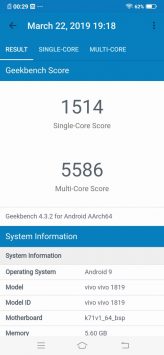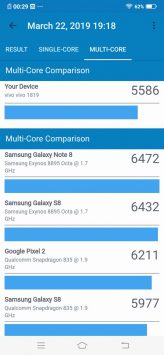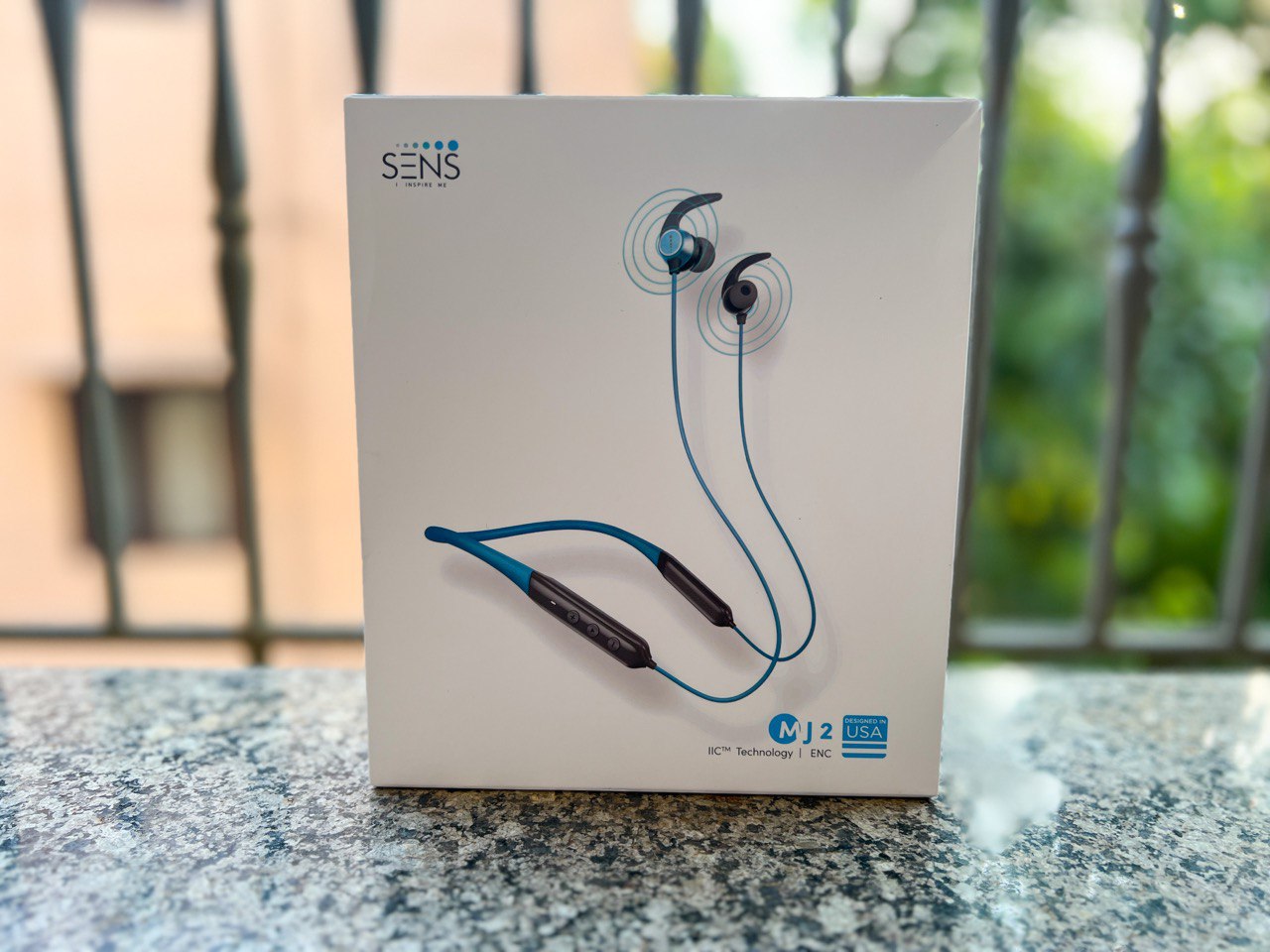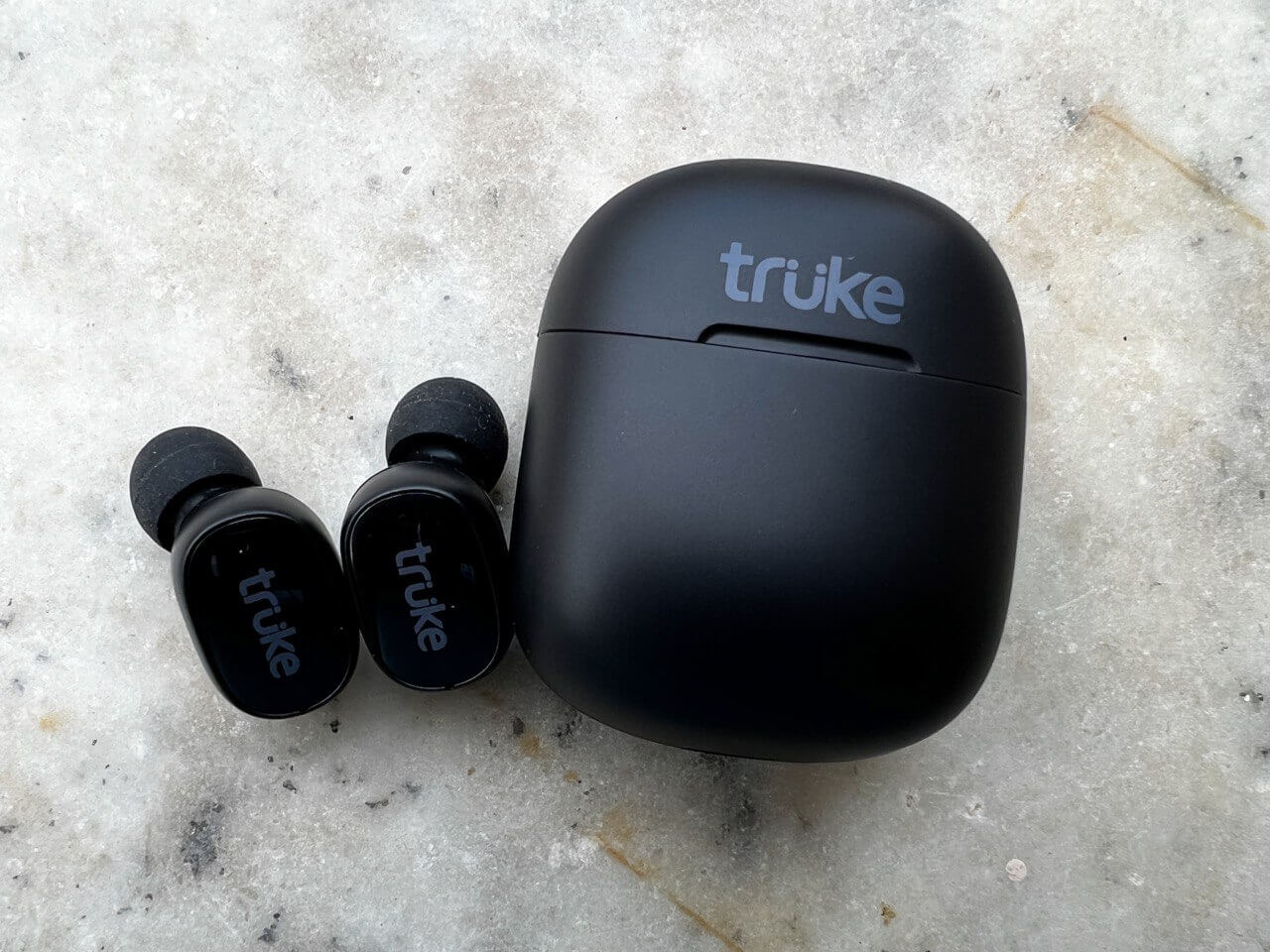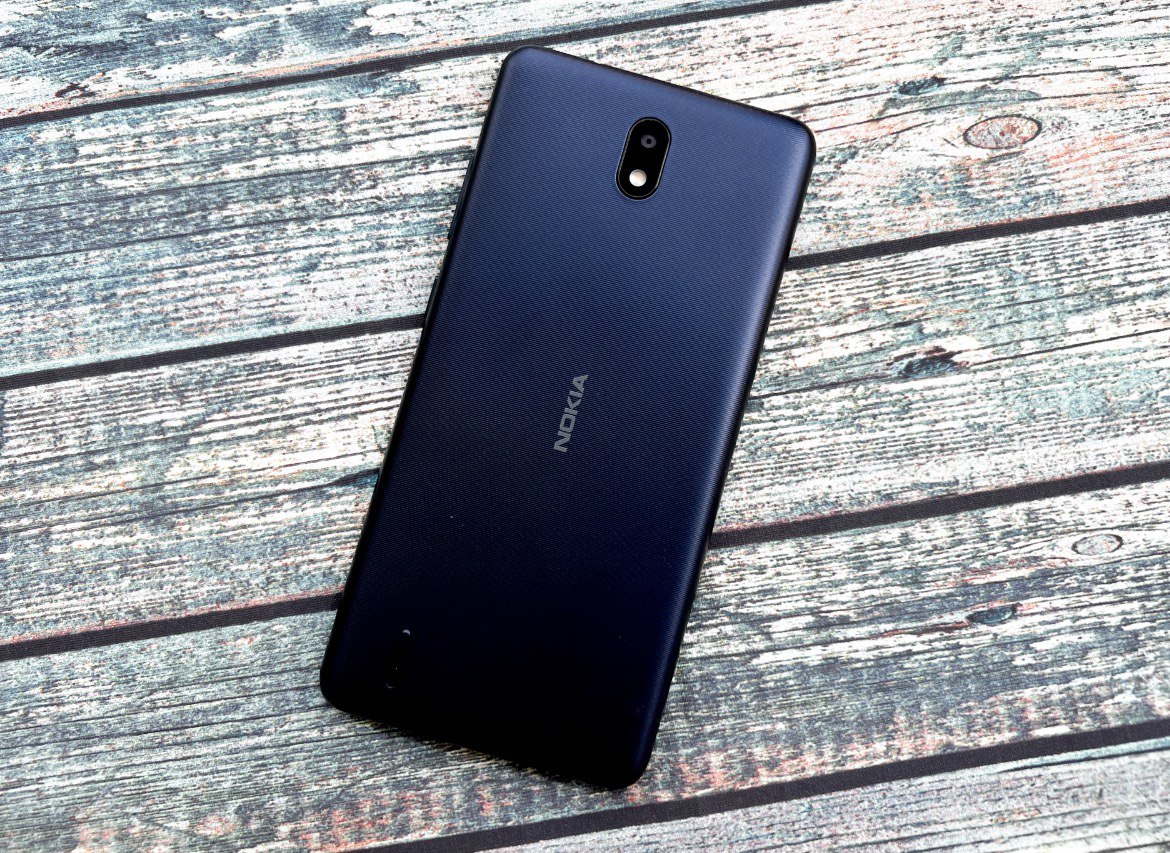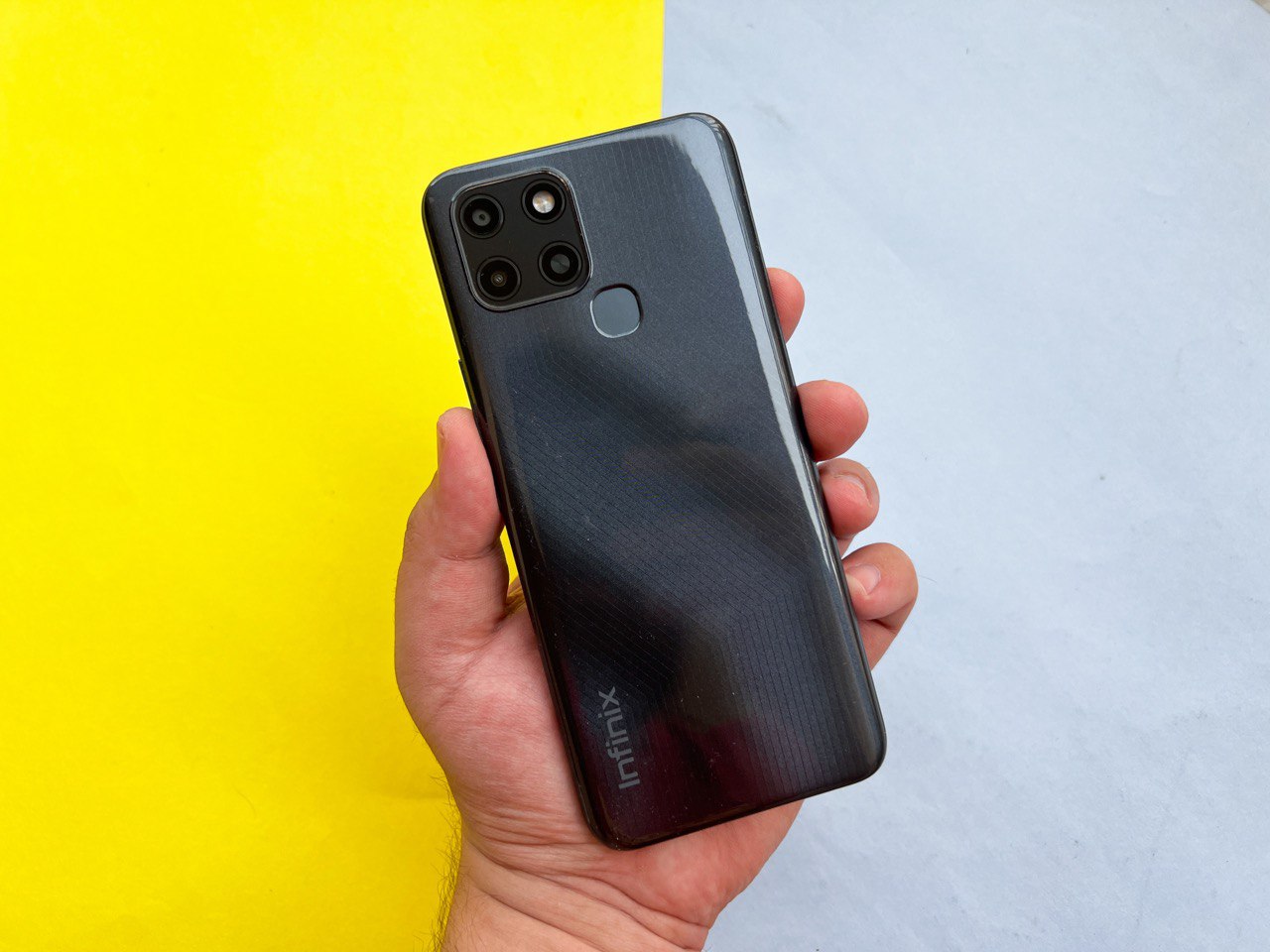
Vivo is always in the top front in making great smartphone revolutions. Be it, with the design, build, and any aspect, Vivo made changes in the smartphone aging which had a great impact on the design language of other smartphones. One such change it made in the smartphone industry is the pop-up selfie camera.
With that being said, we could definitely say that Vivo did a phenomenal job in the working of this pop-up camera right from the introduction of Vivo NEX. This is something which will be adopted by other smartphone makers as well in order to make the display look sleek.
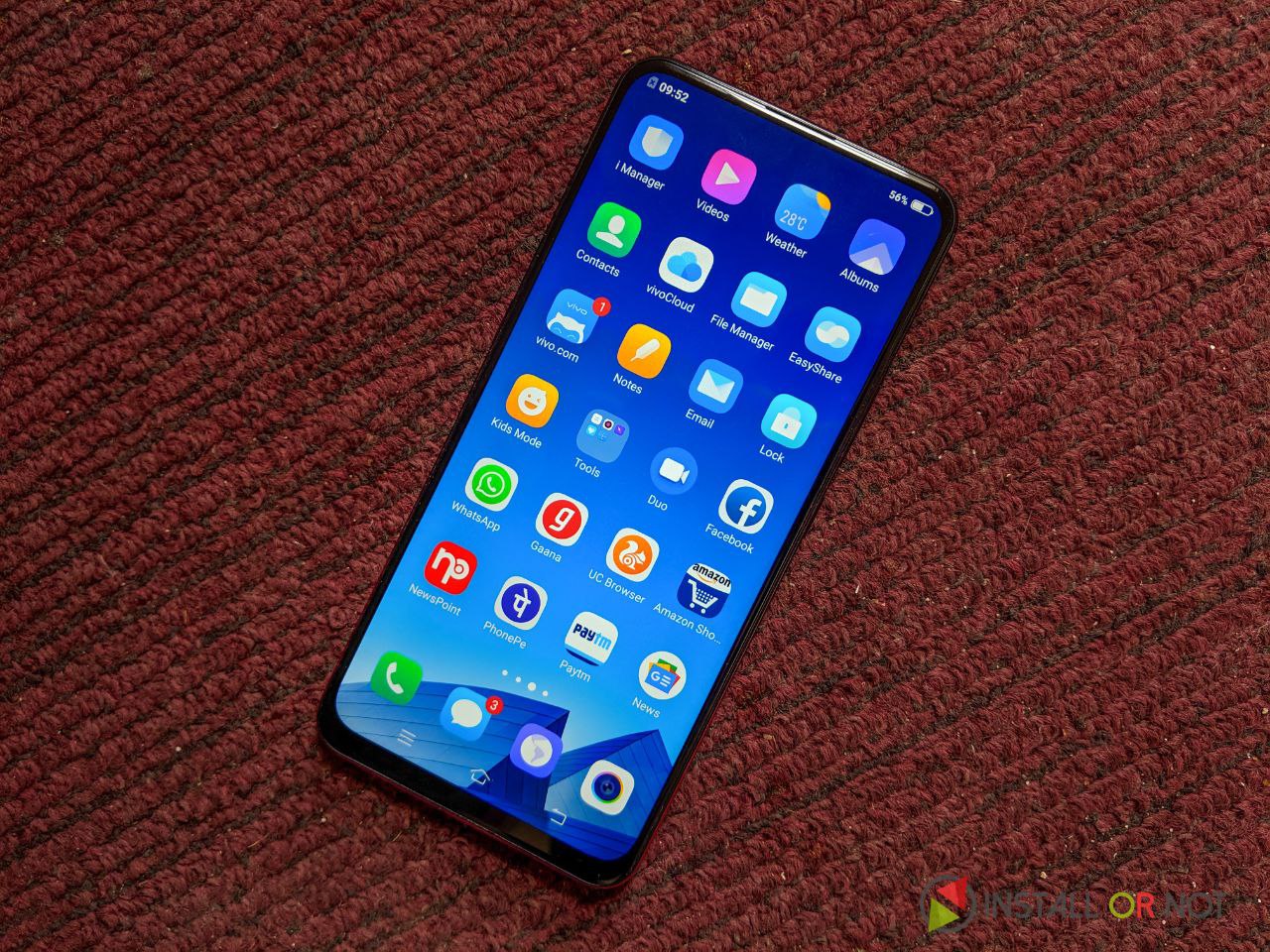
Here, we have the newly launched Vivo V15 which is kind of a trimmed down variant of the Vivo V15 Pro but it does not come without missing out on crucial features from the V15 Pro. However, the Vivo V15 is priced in such a way that you can’t complain about what’s missing, because it does have a lot to offer. After using the device for quite a good period of time, we could finally conclude about various aspects of the device.
Design and Display
As soon as you get hold of this device, you will notice the large screen which is larger than the Vivo V15 Pro. All in all, with 161.97×75.93×8.54mm dimensions, the design is completely identical to the V15 Pro. The large screen will have you a but struggling to reach the status bar until you get used to it. With the curvy edges helping in the grip of the device, the gloss back is quite a fingerprint magnet. Although the back is of polycarbonate, we did not notice any type of flex when pressure is applied.

The colors Royal Blue, Frozen Black, and Glamour Red are a different color scheme on the V15 when compared to the V15 Pro. If not for the different color scheme, it will be harder to point out a V15 Pro in a bunch. The Spectrum Ripple design as the company calls it, differs in the quality on both the devices as the V15 comes with a polycarbonate back. But yes, the company uses the same description in the design talking of both the phones.
The fingerprint sensor is placed comfortably at the back on this huge device. Coming to the buttons, the power button along with the volume rockers are placed to the right while a Smart Button is placed on the left which can be triggered to activate Google Assistant or a Google Search.
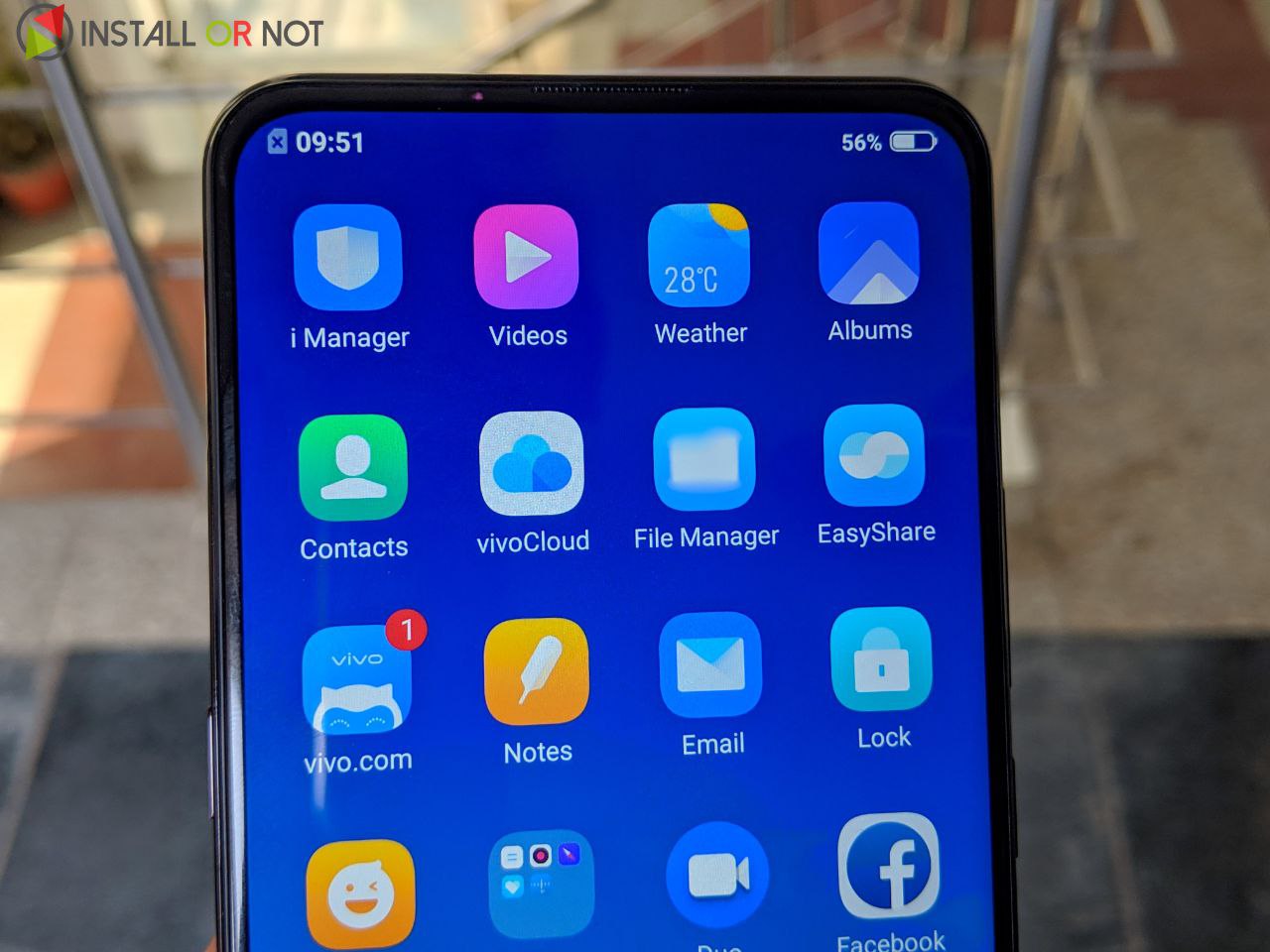
The pop-up selfie camera slides in and out smoothly and this design, as introduced by Vivo earlier is some great piece of tech and could be the future of bezel-less displays. However, moving parts in a smartphone could become a breaking point of the device and only time will tell how durable this mechanism is but can tell you that it has been more than 8 months since the Vivo Nex was launched and we still have it and the pop-up selfie mechanism is still as good as it was the first day.

The large screen on the front packs a 6.53-inch Ultra FullView In-Cell full-HD+display (1080×2340 pixels). From what the company says, the device has a 90.95% screen-to-body ratio and is protected with Corning Gorilla Glass 5. The color reproduction is great with crisp display and the viewing angles are also good enough. Unlike the Vivo V15 Pro’s Super AMOLED panel the V15 has the LCD display which is kind of disappointing because the smartphones like Samsung Galaxy A50 and A30 are equipped with it in this price range.
Performance
The performance on the Vivo V15 is just up to the mark as you can expect. It packs a MediaTek Helio P70 coupled with 6GB of RAM. Using the device, we did not expect a good performance from the beginning itself. In the day to day usage, you can expect a rather butter smooth experience switching between the apps and browsing the internet, all thanks to the 6GB RAM.
In the gaming tests that we have performed, the device stayed dull and was not up to the mark. With the PUBG Mobile set to balanced graphics and medium frame rate, we did experience a slight lag and frame drop which is kind of disappointing. The Asphalt 9: Legends ran without any issues at medium graphics but struggled with frame drop when set to high graphics.
Although the Funtouch OS 9 comes with the Game Cube feature which is supposed to enhance the in-game experience, and it did improve the performance a bit. There’s also an Esports mode which blocks notifications and close the background apps for an uninterrupted gaming experience.
Coming to the benchmarks, the scores we got are similar to that of we got the Oppo F11 Pro since both these devices run on the same chipset. Below are the scores from various synthetic benchmarks.
Cameras
The Vivo V15 has 12MP primary lens with f/1.78 aperture along with an 8MP and 5MP secondary lens. Vivo says that the primary camera has 24 million photosensitive units and employs Dual Pixel Focusing technology. This in turn results in bright photos with crisp quality.

The camera UI is identical to that of what we saw on the V15 Pro. The camera app has a bunch of features like document scanning mode, Pro Mode, AI beauty, and AR stickers. While these are laid at the bottom, controls for the wide-angle lens, scene selection, and portrait mode are above the shutter button.
The photos that we shot came out pretty good with great detailing and vibrant color reproduction. When we shot the macro shots, we were truly surprised by the output with rich colors and great detail. With good enough light conditions, the images that we took turned out to be crisp with good dynamic range and sharpness.
Coming to the portrait shots, we were not disappointed at all with the results. With the ability to adjust the blur effect both before and after taking the photo, we could say that the V15 has a great depth sensing. Although the edge detection was kind of inefficient at times, it was satisfying enough for the non-portrait shot fanatics, us.
[embed-google-photos-album “https://photos.app.goo.gl/A19uG1EKPURorT2N6”]And the dedicated wide-angle lens comes as an advantage which lets the users capture a wide photo covering a lot of space. And the one thing the users would miss is the night mode which the V15 lacks and produces grainy textures along with some noise which is noticeable.
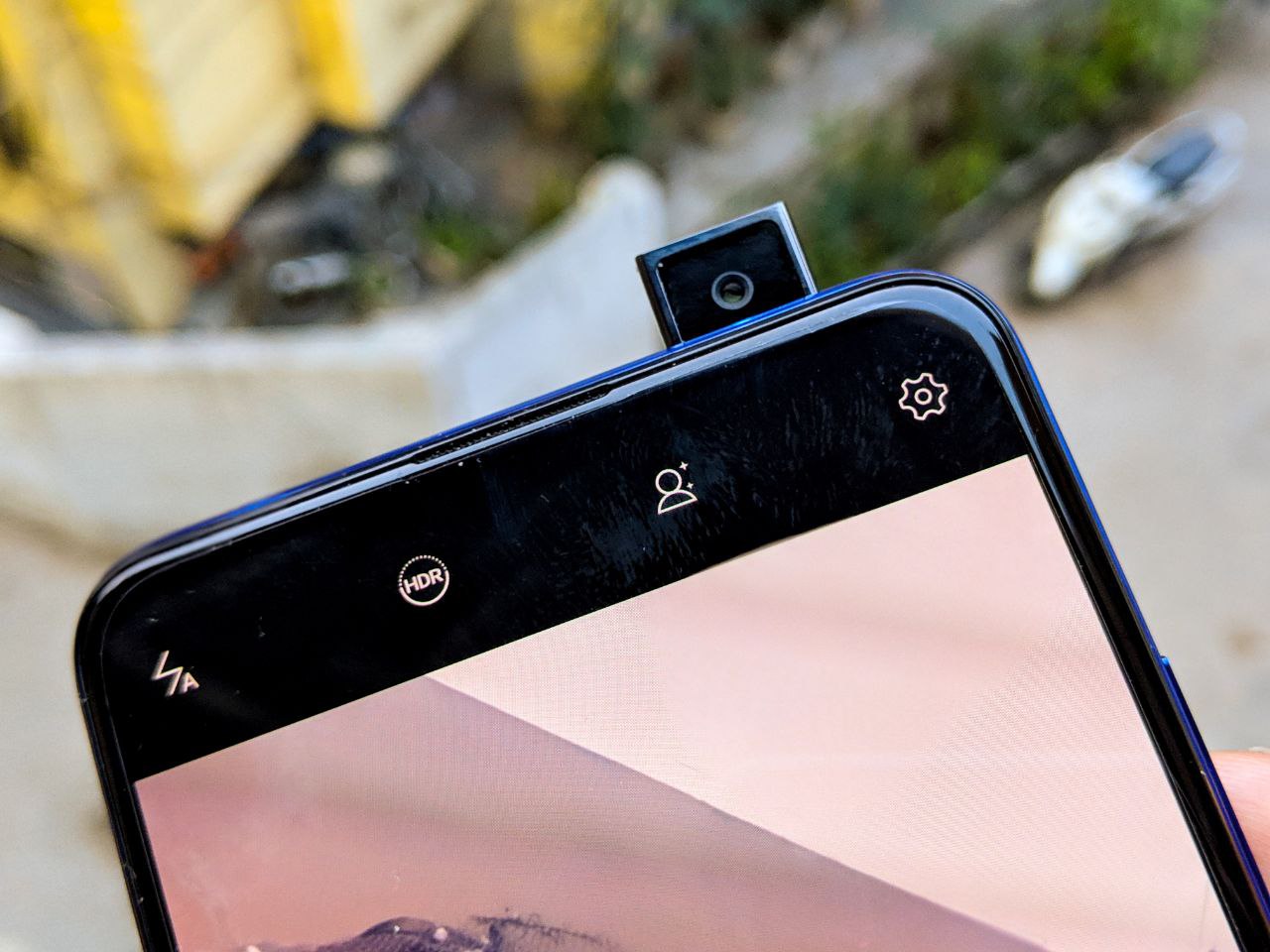
The 32MP front pop-up camera is a great deal for all the selfie fans out there. The photos we took came out pretty great in colors and details. The portrait mode also has a great edge detection when compared to the rear camera. Thanks to the in-app UI, there are a few filters and effects that you can add while clicking selfies.
When it comes to the video recording, the Vivo V15 is capable of shooting videos at Full HD 30fps and slo-mo videos at 720p 30fps which is decent enough. Overall, the camera is oddly satisfying and impressive in some conditions.
Battery and Miscellaneous
The Vivo V15 comes with a 4000 mAh battery which will last you all day same as it did for us if you are a moderate user. While being connected to the Wi-Fi or data all day, with some minimal browsing, using social media, YouTube, and music, it lasted all day with still about 30% at night. Even while gaming at high brightness, the battery has just lost about 7-8% for an hour.

The device comes along with an 18W charger which is capable of charging the device from 0 to 40 percent in 30 minutes, and from 0 to 75 percent in one hour. However, from here onwards, the charging is a bit slow and would take about 40min to full charge which makes it 1 hour and 40 min to fully charge the device.
The device comes along with a 3.5mm headphone jack and with pre-installed apps in which a few are really helpful. The volume from the speakers is loud enough to be heard in an average sized room.
Conclusion
After using the device for a sufficient amount of time, we could say that Vivo did a great job in the design department. The phone loses out on multiple aspects like performance, the UI, display and more. The bad part is that you can’t be streaming full HD videos in streaming services due to the lack of Widevine L1 DRM. Anyhow, the battery life can be termed is great which will get you running throughout the day.
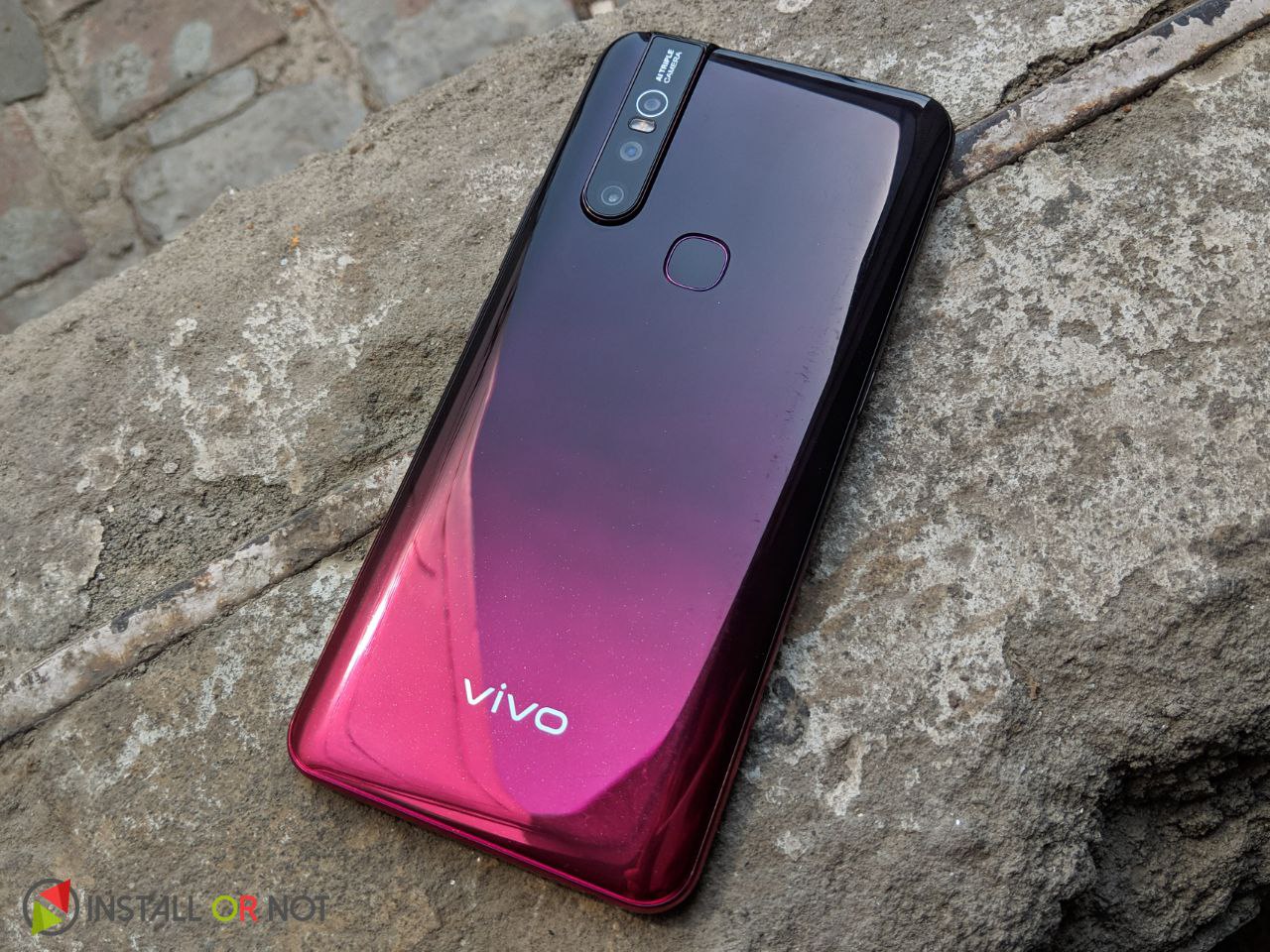
For a smartphone priced at this segment, you will be certainly disappointed with the low-light camera performance, the overall performance, the imbalanced UI, and no timely updates. Coming to the competition, we have the Redmi Note 7 Pro which comes at much lesser price and offers more with a more powerful processor, larger battery, better rear cameras, and USB Type-C.
Putting it easy, you can buy the Vivo V15 for the futuristic design that it offers and of course, for the pop-up selfie camera.
What’s good?
- Impressive Pop-Up selfie camera
- Futuristic Design
- Great Build Quality
- Impressive Battery
- Triple Rear Camera Setup is amazing
What’s not good?
- No HD video streaming from Netflix
- Slightly overpriced for the features that it offers
- Micro-USB port in 2019


